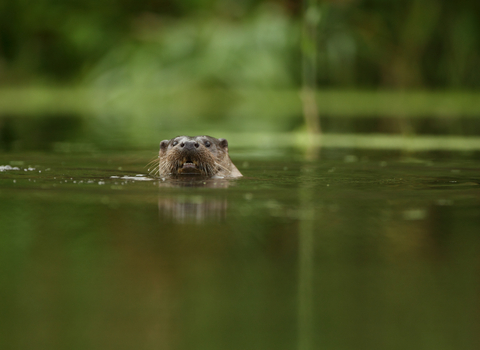What is this roadmap for?
Use our interactive map to find out where barriers to fish and eel migration are in Essex.
You can read about the fish migration project and how it affects wildlife on our page.
Reading the map
Red river sections signify where navigation by fish and eels is closed and 'green' sections where it is open. This is the largest ever connectivity project attempted by the Trust, with the aim of turning the map green over the next decade.
Utilising GIS technology, the roadmap provides a method that focuses on a ‘whole system’, sea-to-source approach that, like a road network, looks at rivers as interconnected migratory routes. By considering rivers as 'Highways', 'A-roads' and 'B-roads', barrier locations and river network connectivity can be easily visualised on one or more rivers, or in entire river catchments.

